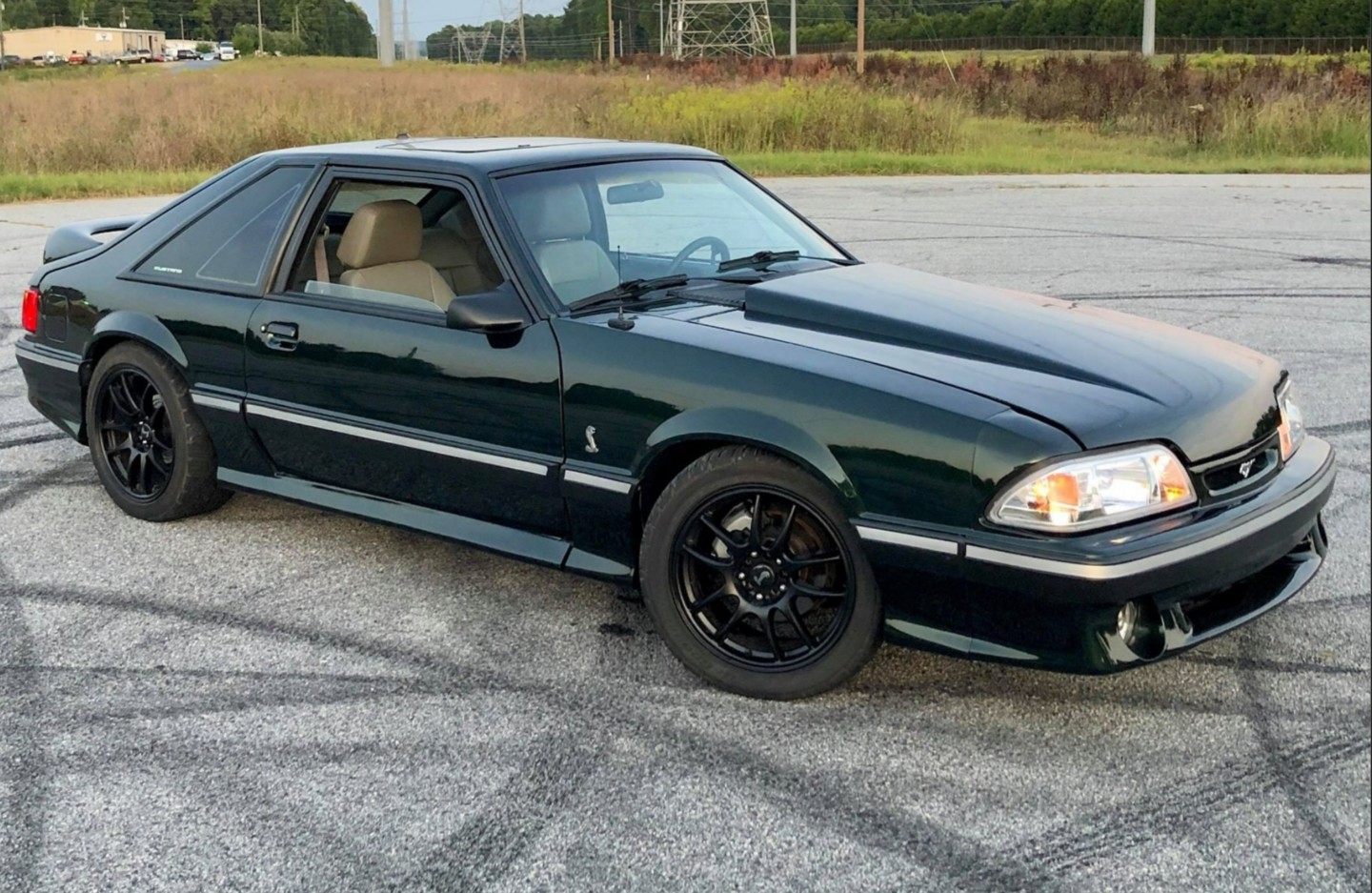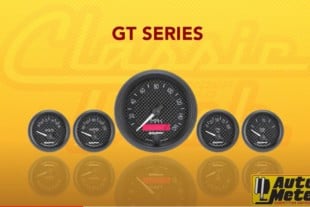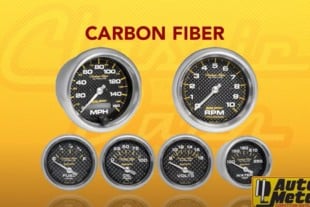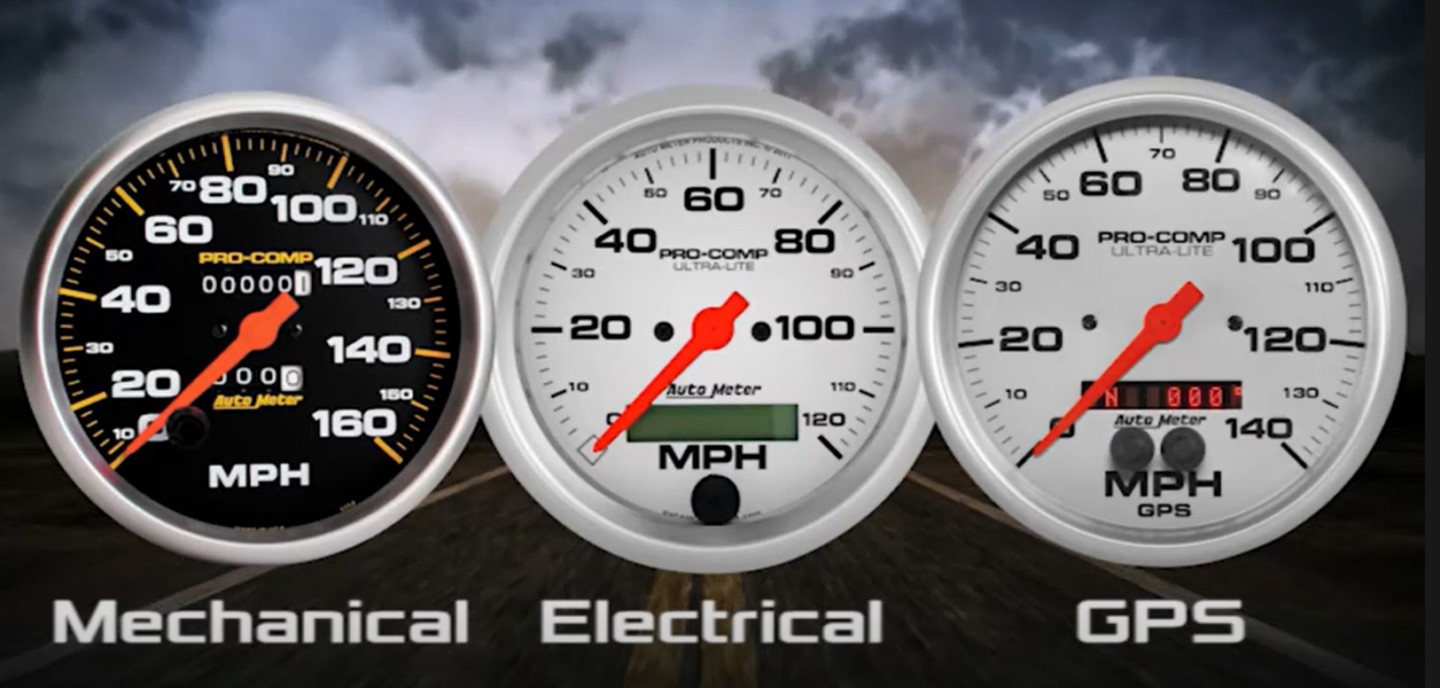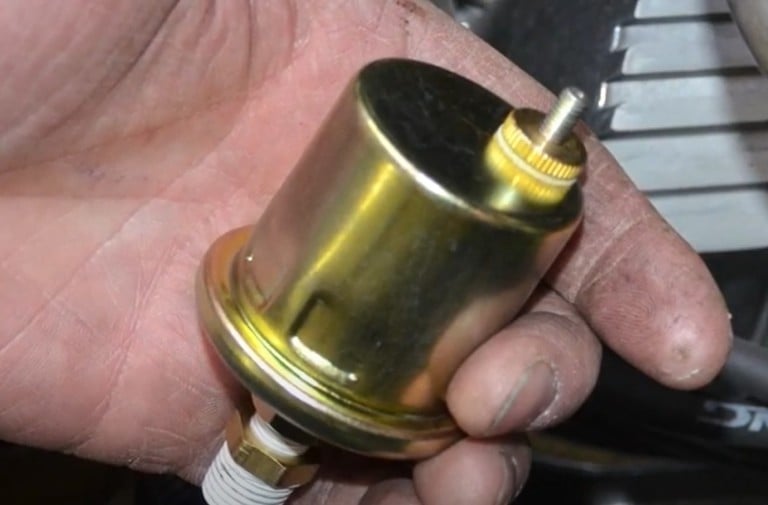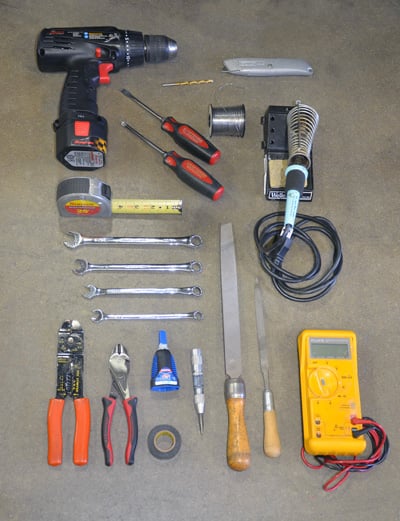Classic Dash offers a wide array of dash panels, electrical and mechanical gauges, and accessories that transform the functionality of vintage cars, trucks, hot rods, muscle cars, and resto-mods. More often than not, vintage cars come with gauge packages that lack a tachometer or warning lights or include large linear speedometers. You can correct those issues with Classic Dash gauges and custom panels. The gauges are available in styles that range from vintage to modern and allow you to monitor crucial functions of your car.
Manufactured in Carson City, Nevada. Classic Dash custom dash panels can help you find a panel that fits your needs while selecting the finish and gauges that fit your style. Classic Dash offers more than 140 applications that allow custom AutoMeter, Classic Instruments, and Concourse Series performance gauges, as well as, Racepak, Holley, and AEM digital dashes to be installed in the most popular applications.
Classic Dash makes it easier for enthusiasts to configure their gauge layout. The company offers complete wiring harnesses that work with factory wiring, while illustrated instructions will guide you through every step of the procedure. Users can go with the most popular package that includes a 3-3/8″ speedometer and tachometer, 2-1/16″ diameter oil pressure, fuel, voltage, and water temp gauges, or they can choose to add other gauges mounting them in auxiliary panels. For a wide range of configurations, there are suitable Classic Dash applications.
Car owners can easily customize their dash with drop-in panels featuring black, carbon fiber, and brushed aluminum finishes. Classic Dash is one of the early adopters and industry leaders in manufacturing molded ABS composite dashboards for vintage cars. As such, each and every retrofit dashboard is manufactured in-house, in adherence to strict quality control standards.
The dashes are made from thick 5/32” UV-protected ABS material, which makes them more robust than the factory panels. Classic Dash custom panels are direct bolt-in replacements for OE panels, designed to integrate a myriad of aftermarket gauges.
One of the decisions users are faced with when upgrading to modern instruments is what kind of speedometer they are going to go with. Depending on the application and budget there are three choices; mechanical, electric, and GPS.
Mechanical
Mechanical speedometers are the most budget-friendly way to go. They are driven by a cable from the transmission and are fairly easy to install (and live with) if the factory gears and tire sizes are maintained. If either of those two parameters is changed, the speedometer cable gears need to be swapped out appropriately.
Electrical
Electrical speedometers cost a bit more and use a pulse generator mounted on the transmission that sends a signal to the speedometer unit. To calibrate the unit, a simple push of a button grabs all the data parameters and pulls it into the system. The nice part about the electrical model is if you change your gears or tire size, simply recalibrate again and you’re back on the road.
GPS (Global Positioning System)
GPS speedometers are feature-rich, top-of-the-line units, and offer many advantages. They are also the most costly. There is no mechanical connection to the transmission. Instead, an antenna-like interface module picks up the satellite signal. The GPS model offers trip information, compass coordinates and speed recall features to name just a few. The best part is your speed calculation is based on GPS data and is extremely accurate.
As promised, we are going to take you through a step-by-step guide to installing a Classic Dash instrument cluster in an old school, 1987-1993 Fox-body Mustang. Although we will focus on Ford’s pony car here, this installation is indicative of what you might expect with other Classic Dash installs as well. Of course, there will be differences between applications, but this will give you an idea of what to expect.
These late-era Fox-body Mustangs are as hot as a poker today, but could really use some love when it comes to instrumentation. Not only is the functionality of the instrument panel improved, but the aesthetics also get a shot in the arm as well. The swap should take only a couple of hours.
As indicated in the video above, replacing the boring old cluster with spiffy new gauges is easy with Classic Dash. You have a choice of panel finishes and Autometer gauge fonts in a wide array of styles. When starting your instrument swap, the first thing you want to do is disconnect the battery.
Remove the factory water sensor and oil pressure sensors (L) and replace it with the new Classic Dash unit (R)

The Classis Dash unit has a tidy wiring loom that connects to the factory wiring harness saving time and hassle. Connect the white and black connectors to your car’s harness.

You can order the panel with or without the idiot lights, but whatever version you go with, don’t forget to hook up the turn signals and high beam indicators as well.

Then simply reverse the removal process and you’re up again. Calibrate your speedometer in accordance with the style you selected and Classis Dash specs and you’re done.
Before Embarking on the Installation, Round up the Following Tools and Supplies and Have Them Ready:
• Side cutter or “dykes” pliers
• Soldering iron with solder (or “red” butt connectors)
• Electrical/crimping pliers
• Multi-meter (voltage tester)
• Drill motor
• 5/32″ drill bit
• Crazy glue
• Center punch or ice pick
• Tape measure
• Screwdrivers (Phillips & blade type)
• Razor blade or box cutter
• Hand files (fine and medium)
• Open-end wrench or socket set (3/8″ through 9/16″)
• Shrink wrap with the heating device or electrical tape
There you have it. A significant upgrade to your Mustang’s instrumentation in roughly two hours. Not only are Classic Dashes easy to install, but the company has great tech support and online documentation to see you through a successful finale. Go here for more information, details, and pricing.

